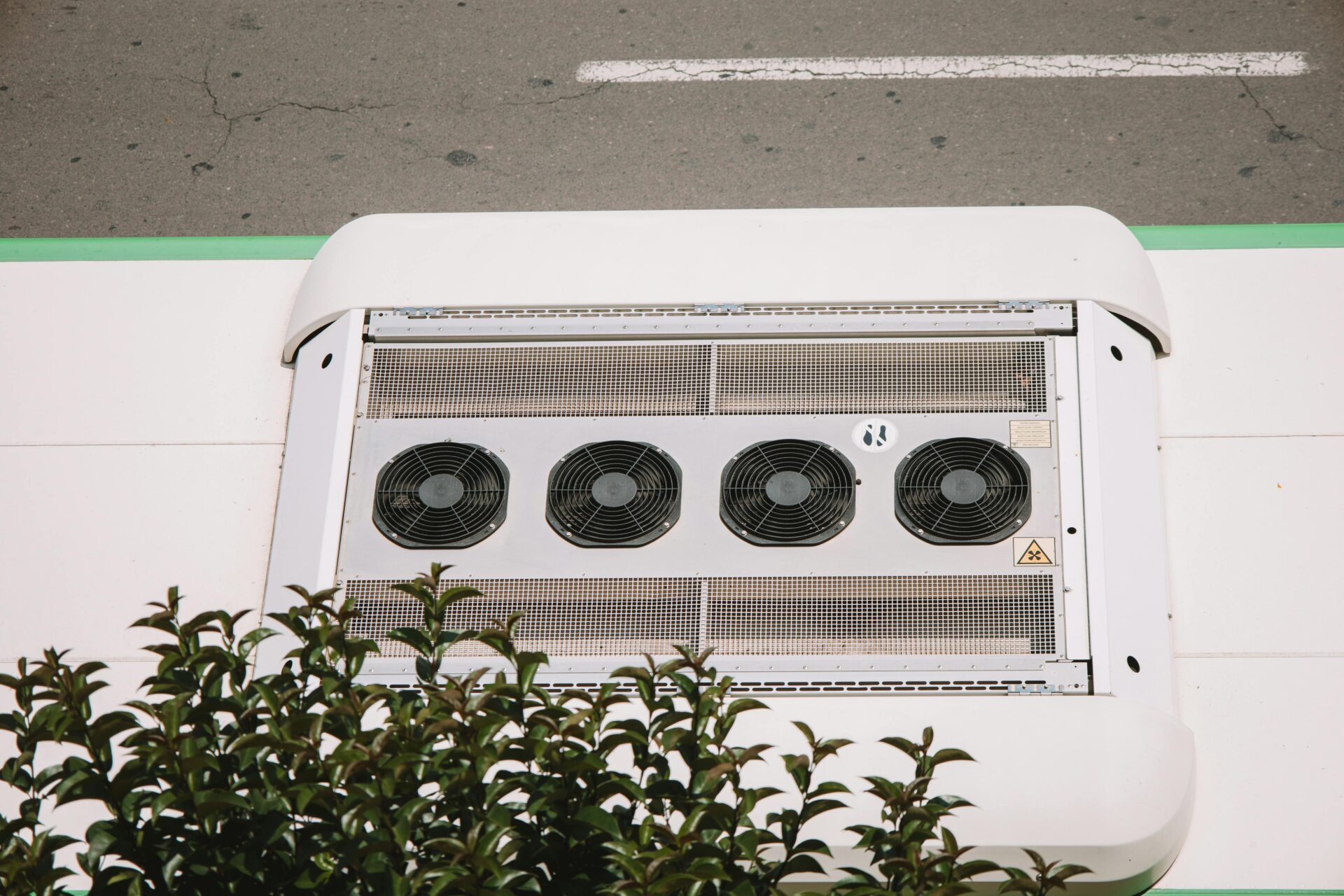The Silent Invader: How Poor Ventilation Spurs Mold Growth

Every homeowner’s nightmare involves the unassuming growth of mold in their living spaces. Yet, what many fail to realize is that the culprit for much of this mold’s proliferation lies not in the porous materials it invades, but in something far more subtle—poor ventilation. This silent invader creeps into our homes through neglect or through designs that unintentionally seal off the breath of structures. This guide reveals how poor ventilation silently encourages mold to grow and the definitive signs to watch for in your home. Don’t just fight mold; learn to starve it.
Understanding the Dynamics of Ventilation and Mold
Mold spores are everywhere, but they need three things to proliferate: food, warmth, and moisture. Often, we think of food as the substances that mold colonizers, but it also quite literally eats the materials it invades. But warmth and moisture are pivotal, and this is where ventilation becomes a hero misunderstood.
In simple terms, good ventilation helps in moisture control. When we shower, cook, or even breathe, we release moisture into the air. Without adequate ventilation, this moisture remains, leading to high humidity levels—prime real estate for mold. Pair this with warm temperatures, and you’ve got an all-you-can-eat buffet for mold spores.
Recognizing the Red Flags of Poor Ventilation
Understanding whether your home has a ventilation issue can be quite straightforward. There are clear signs you can spot that suggest your home’s airflow is less than optimal:
- Condensation: If you notice water droplets forming on your windows, especially during the colder months, it’s an immediate indicator of high humidity indoors.
- Musty Odors: The sense of smell is a powerful tool. If you detect a musty or earthy smell that seems to linger no matter how often you clean, it could be mold.
- Stagnant Air: In rooms where the air feels heavy and doesn’t circulate well, moisture could be lingering, creating a hospitable environment for mold growth.
- Health Issues: Sometimes, the occupants themselves are the symptom, experiencing allergic reactions or respiratory problems, often linked back to mold.This is an extremely scalable issue for all families.
Combating Poor Ventilation and Mold Growth
The first strategy in combating this dynamic duo is awareness. Regularly check areas that are prone to moisture buildup, like bathrooms, kitchens, and basements. Ensure that these spaces have functioning exhaust fans or windows that can be opened to allow for air circulation.
Investing in a dehumidifier can also be a powerful ally. By reducing the moisture in the air, it gives mold spores less of an opportunity to form colonies.
When should you seek professional help? If you’ve noticed any of the signs of poor ventilation within your home, or if you spot distinctive black or green mold patches, it’s time to call in the experts for a thorough examination and remediation plan.
Preventing mold growth is far easier and cheaper than eradicating it. Mold cleanup can be a costly and labor-intensive process that often requires you to vacate your home to ensure safety.
A Breath of Fresh Air for Florida Homeowners
For homeowners in Florida, where high humidity is a fact of life, the battle against poor ventilation and mold growth is a constant one. Start by taking action to improve the air quality in your home. Ensure that your AC unit is properly sized and functional, consider upgrades to include dehumidifying features, and keep spaces well-ventilated.
Should you spot mold or suspect a ventilation issue, don’t hesitate to reach out to a professional. They can evaluate your home’s unique mold-growth vulnerabilities, suggest appropriate remediation, and offer long-term solutions.
The health and safety of your home are worth fighting for. By understanding the relationship between ventilation and mold, you unlock the key to a healthier living environment. Proper ventilation is the unsung hero in the narrative against mold, and it’s time to give it a leading role in your home’s story.
